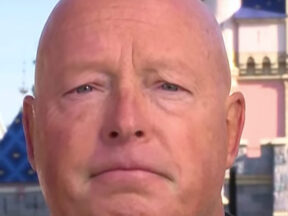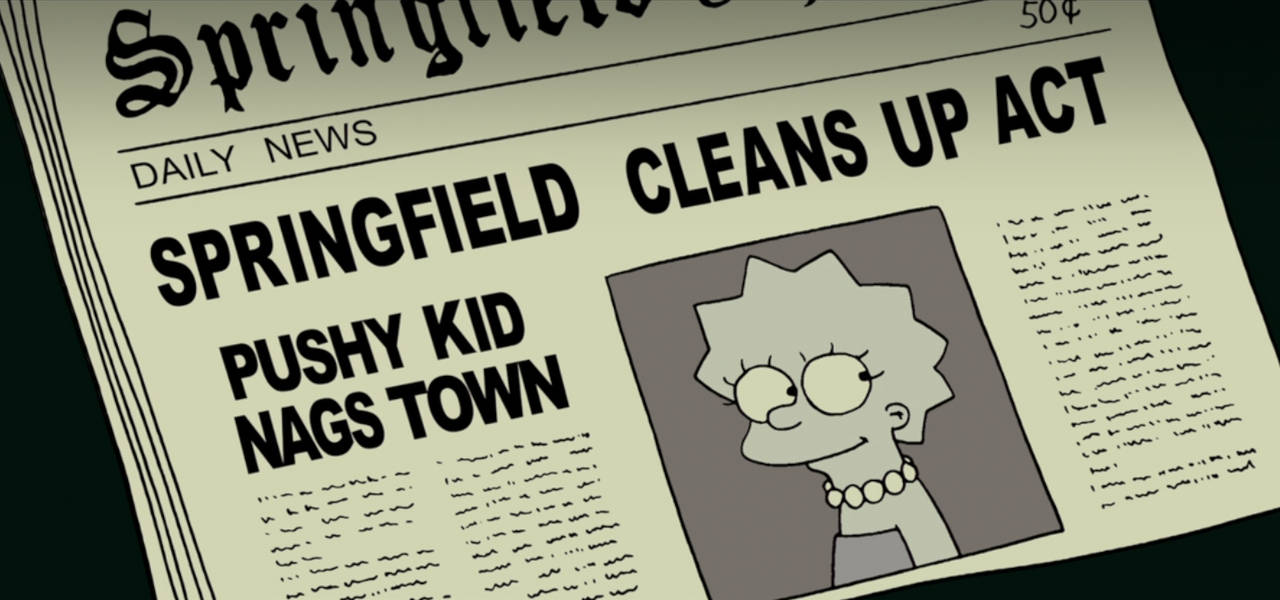
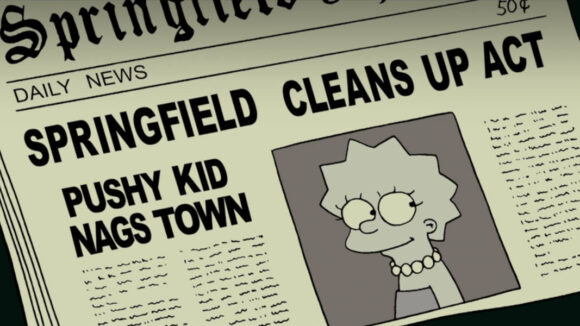
Animation Companies Are Going Green. Here’s How They’re Doing It
Welcome to the latest edition of our members-only review of what’s happening in the animation industry. We send out issues bi-monthly — once in the middle of the month and a wrap-up at the end of each month.
In a historical moment where sustainability and environmental consciousness have become paramount, animation studios are stepping up their efforts to create a greener industry.
Animation production has seen marked progress in adopting green and carbon-neutral practices in recent years, although there is still lots of room for improvement and some players are doing more than others.
Studios and professionals are now actively implementing sustainable practices to reduce their carbon footprint, minimize waste, and adopt technological innovations that will lead the industry in a more environmentally-friendly direction.

Reducing Carbon Footprint
One of the primary goals of green animation production is to reduce carbon emissions. Studios around the world are adopting various measures to achieve this, but perhaps the most strident in their ambitions is France’s TeamTO, which just last year moved into a new facility custom-made to be as green as possible. So efficient is their new workspace that after the move, TeamTO reports that it has reduced its carbon footprint by 63%.
According to studio president and co-founder Guillaume Hellouin, “The first step is to measure one’s carbon footprint with a calculator for animation production. TeamTO is part of a team currently developing AnimFrance’s carbon footprint calculator. We already had our own (which we used for our new studio) based on the work we did in 2011 on Plankton Invasion, the first cg series ever to have its carbon footprint calculated.”
Green Film Shooting magazine publisher Birgit Heidsiek explained how everyday aspects of production affect a studio’s carbon footprint and how they can be adjusted to make meaningful impact. “When creatives travel to the studio, that has a huge impact on carbon emissions,” she told us, suggesting that remote work can ease that strain. She also pointed to factors such as temperature control and catering which can disproportionately affect an organization’s carbon footprint, but that can easily be modified to reduce emissions.

Minimize Waste
“In our case, since everything is physically made on set, there is a lot of waste that we can zone in on,” explained Angélica Lares, production manager at the stop-motion studio El Taller del Chucho in Guadalajara, Mexico.
Animation studios are implementing robust recycling programs and waste reduction strategies, particularly in stop motion.
According to Lares, Taller del Chucho is constantly investigating more effective ways to “recycle materials from the set construction process by reusing them for other projects. We still have a long road to go, but we are heading in the right direction.”
For her part, Heidsiek has a hierarchy of on-set best practices for material management which indicates the best way to handle waste management. According to her, studios should:
1) Prevent using unnecessary or redundant materials on set.
2) Reuse materials whenever possible.
3) Recycle materials that can’t be reused.
4) If all other methods are impossible, dispose of materials by traditional means.
Basically, stick to the three Rs that we were taught in grade school.
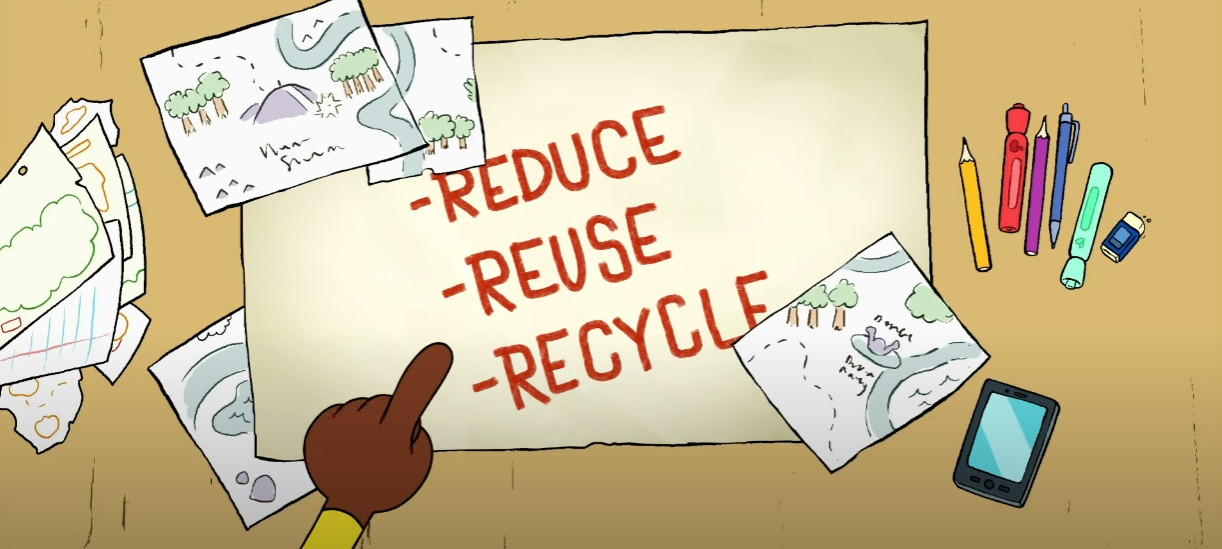
Technological Innovations
Many studios are now closely monitoring the development of new technologies, methodologies, and materials that can clean up the animation process. Some are even inventing their own.
Cloud-based rendering services allow studios to offload their rendering tasks to remote servers, significantly reducing the energy consumption associated with bespoke in-house rendering farms. There is a double advantage to this approach as it not only lowers carbon emissions but can be more efficient and reduce costs.
A 2013 Google research paper says that by moving commonly used software applications to the cloud, energy usage could be decrease by as much as 87%. Additionally, cloud computing creates work-from-home opportunities which reduce commuter-related emissions.
Recent developments in virtual production techniques have had a major impact on the carbon footprint of all types of shoots. Real-time rendering, virtual reality tools, and LED screens which have replaced physical sets and locations can all help minimize the need for resource-intensive on-location shoots and long-distance travel.
In terms of economics, an report published by Earth.org argues that large-scale data centers can be more cost-effective to maintain and more efficiently deal with the tremendous heat generated by computing. The report cites a Google claim that although the amount of computer processing at its data centers increased by 550% between 2010 and 2018, the amount of energy consumed grew by just 6%.
Innovation was key in the construction of TeamTO’s new facilities. Hellouin explained some of the studio’s impressive features “from major things such as centralizing the servers to reduce the energy output (having one central system vs one-per workstation makes a massive difference) and using a Fraicheur de Paris free cooling system which uses water from the Seine for air conditioning, to smaller things such as the specialized, eco-friendly appliances we use in the kitchen to refrigerate and heat meals for a staff of 300+.”
In stop motion, new materials are being designed all the time to steer the industry away from products that have a negative environmental impact.
“One of the most important steps has to do with the material that is used to make our puppets,” said Lares. “Right now, we are working closely with UNIVA (La Universidad Católica) on a material that comes from natural resources to try and replace the typical silicones in the puppet-making process.”
During a recent panel organized by StopMo Lab and Green Film Shooting, Mexican animator Arturo Tornero talked at length about a new bioplastic he’s using that’s made from cactus, Heidsiek sang the praises of a polystyrene substitute being manufactured in Germany made from popcorn, and Finnish animator Débora Mendes said that she’s experimenting with bioplastics made from pine trees.
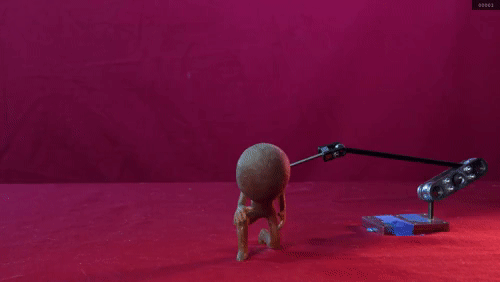
Challenges to Going Green
There are some real-world hurdles in the way of going green. In early development, new materials, technologies, and methodologies can be cost-prohibitive. There is also the issue of access, as many of the material components needed may not be available in all areas.
According to Heidsiek, health and safety concerns often create roadblocks that must be overcome. “Sustainability is a process, so we can’t succeed overnight. Since hazardous substances are used in creating stop-motion animation, it is obvious that sustainability can’t be limited to ecological aspects, because social and economic factors also have an impact, which is reflected by the policies of the different studios.”
As Lares points out, sometimes old habits are hard to break, and reeducation will be key to the success of any green movement in animation. “The biggest challenges I believe are the users and artists,” she said. “Many times, they can be set in their ways and are used to doing things a certain way. Educating people into opening themselves to new options is always a challenge.”
Here to Help
Studios and professionals looking to green up their productions have a myriad of resources available to them.
Heidsiek’s Green Film Shooting recently teamed with StopMo Lab to produce the Green Stopmo Guide, which includes comprehensive best practice examples and eco-friendly solutions for anyone working in the medium. The groups also hosted a hybrid in-person/online seminar in which participants from around the world worked together to develop minimum standards for green production techniques to be used in stop-motion animated films.
Many resources that aren’t necessarily related to animation can still be utilized by studios and professionals looking for help. There are numerous green organizations that specialize in video games, cloud computing, graphic design, and other areas which are well-equipped to help production outfits clean up their act. And, since truly going green requires a holistic approach to organizing a workplace, architects, interior designers, and even caterers can all play a part.
In TeamTO’s case, the studio invested heavily in internal R&D, but chief technology officer JB Spieser also worked closely with experts in the field like the Abaxum and Kapsdata French consulting firms, both of which specialize in data center energy savings.
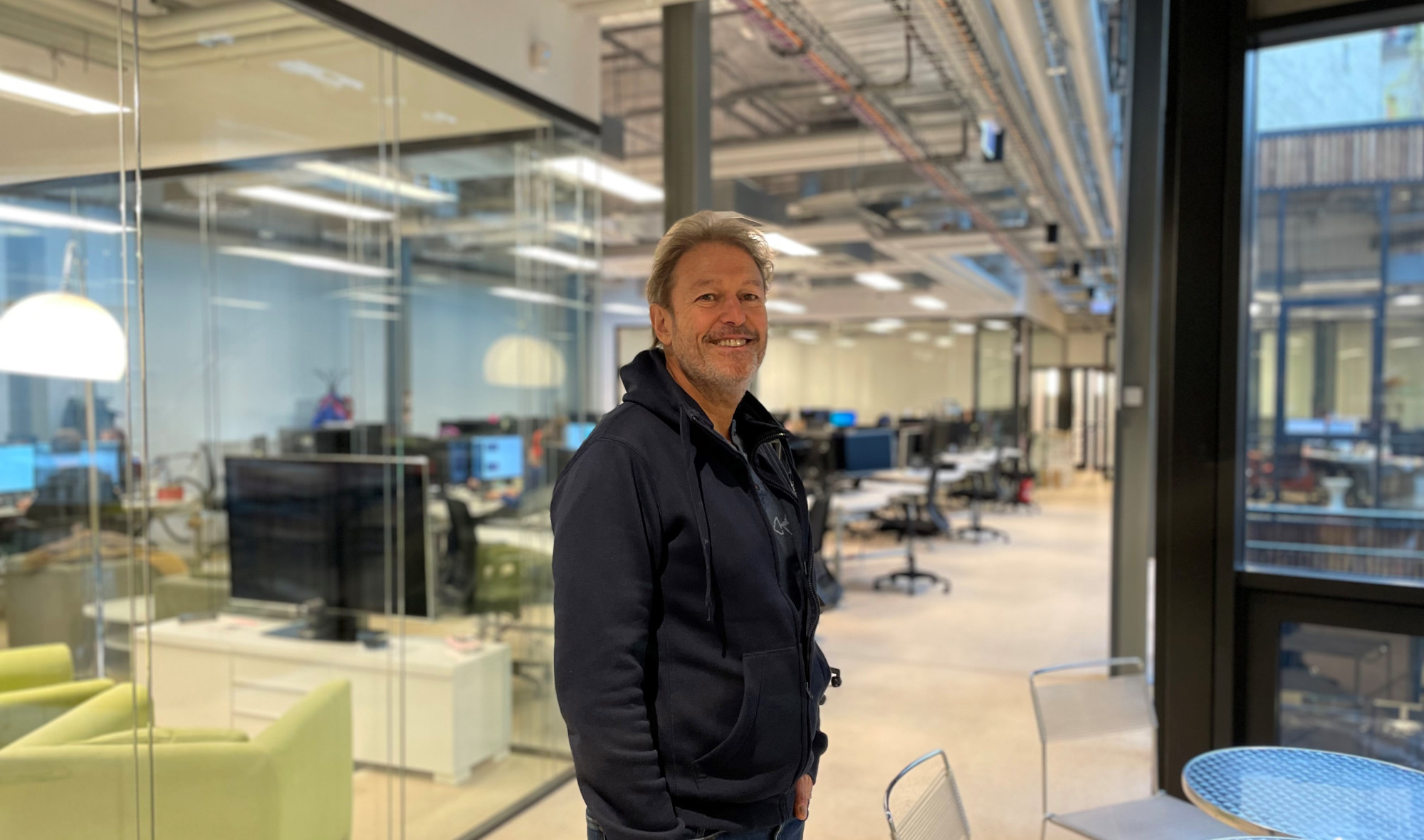
Festivals Too
Most festivals are slowly integrating greener practices into their curriculum, but in 2023 Annecy has taken its biggest step yet in that direction.
“We put a lot of pressure on ourselves because this is something that we really wanted to address,” said festival artistic director Marcel Jean. “Just because we are in this bubble of a festival for one week, it doesn’t mean we can ignore what is going on in the rest of the world.”
Annecy’s key goals for 2023 include limiting attendees’ carbon footprints, controlling consumption, providing responsible food, reducing and recycling waste, implementing a new sustainable purchasing policy, reinforcing the quality of public receptions, and raising awareness about ecological, social, and societal responsibilities. The festival has provided a detailed outline of the steps taken this year on its website.
“We have a lot of young people that attend this festival, and I would say that every year we see that these young people are very conscientious about the topic,” added festival director Mickaël Marin. “They don’t want gift bags full of cheap, disposable goodies. They have a very strong and positive influence on our decision-making.”
Annecy’s green push extends to its industry market as well. MIFA head Véronique Encrenaz explained the larger impact the festival can have, even after attendees have left the shores of Lake Annecy.
“Every year we try to emphasize this in our conferences. The companies, the professionals, and the younger generation share ways to produce in an eco-friendly way. So, it’s not just about what we’re doing, but what attendees do when they leave here to build for the future.”
Pictured at top: The Simpsons Movie

.png)

